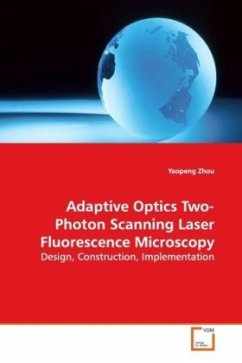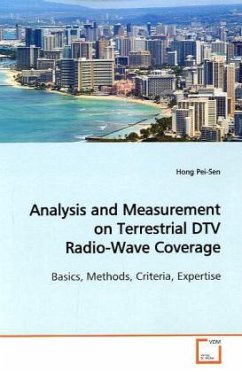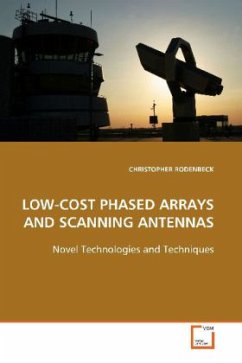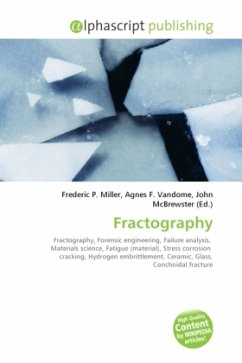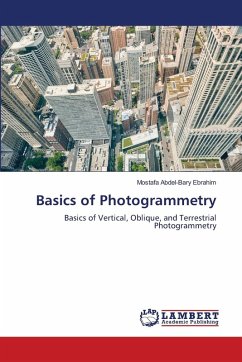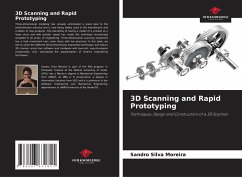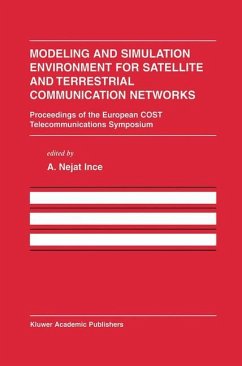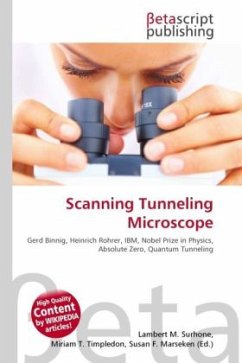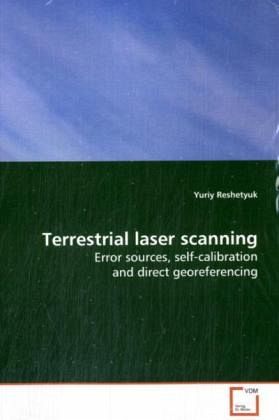
Terrestrial laser scanning
Error sources, self-calibration and direct georeferencing
Versandkostenfrei!
Versandfertig in 6-10 Tagen
45,99 €
inkl. MwSt.

PAYBACK Punkte
23 °P sammeln!
During the last decade, terrestrial laser scanning (TLS) has appeared as a new surveying technique. Its proper use requires good knowledge of the error sources, comprehensive description of which is currently lacking. Especially important are systematic instrumental errors, which are determined during calibration. Recently, the method of self-calibration used in photogrammetry has been shown to be efficient for laser scanners. Another important task in TLS is georeferencing transformation of the point clouds into a specific coordinate system. This book provides a systematic description of the ...
During the last decade, terrestrial laser scanning
(TLS) has appeared as a new surveying technique. Its
proper use requires good knowledge of the error
sources, comprehensive description of which is
currently lacking. Especially important are
systematic instrumental errors, which are determined
during calibration. Recently, the method of self-
calibration used in photogrammetry has been shown to
be efficient for laser scanners. Another important
task in TLS is georeferencing transformation of
the point clouds into a specific coordinate system.
This book provides a systematic description of the
error sources in TLS surveys conducted with direct
georeferencing. Further, a new, unified approach for
laser scanner self-calibration is described, and the
results of calibration of three scanners are
reported. Finally, a prototype combined TLS survey
system is presented, which employs GPS for direct
georeferencing of the point clouds, and can be used
for accurate surveys of built environments. The book
should be useful to students and researchers in
Engineering Surveying as well as surveyors in public
and private sector.
(TLS) has appeared as a new surveying technique. Its
proper use requires good knowledge of the error
sources, comprehensive description of which is
currently lacking. Especially important are
systematic instrumental errors, which are determined
during calibration. Recently, the method of self-
calibration used in photogrammetry has been shown to
be efficient for laser scanners. Another important
task in TLS is georeferencing transformation of
the point clouds into a specific coordinate system.
This book provides a systematic description of the
error sources in TLS surveys conducted with direct
georeferencing. Further, a new, unified approach for
laser scanner self-calibration is described, and the
results of calibration of three scanners are
reported. Finally, a prototype combined TLS survey
system is presented, which employs GPS for direct
georeferencing of the point clouds, and can be used
for accurate surveys of built environments. The book
should be useful to students and researchers in
Engineering Surveying as well as surveyors in public
and private sector.



